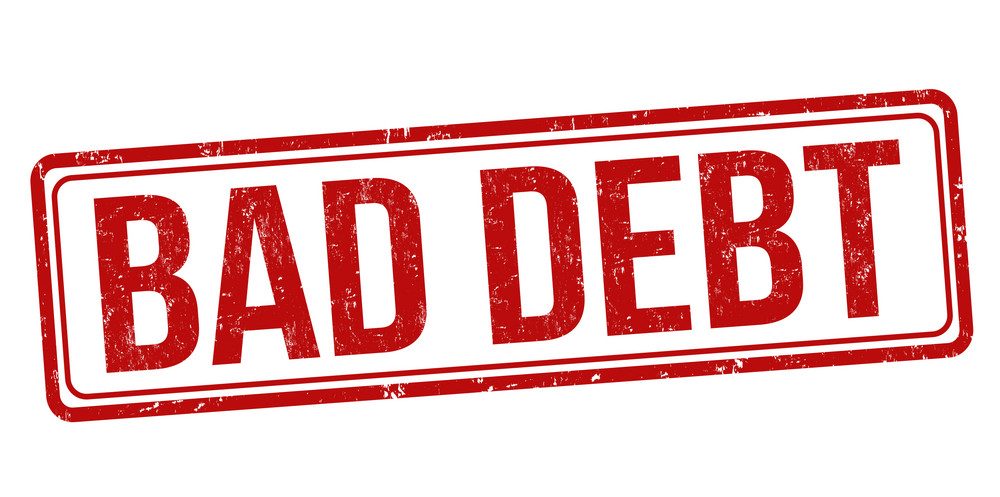Debt is a double-edged sword. When used responsibly, it can help you achieve your goals and find financial freedom.
However, if mismanaged, it can lead to a financial jail cell. In Australia, understanding the difference between good debt and bad debt is crucial to making informed financial decisions.
Good Debt
- Home Loans – Home loans are an example of good debt as they allow you to purchase a property that appreciates in value over time. Home ownership is considered an essential part of building wealth in Australia, and a home loan is often a necessary tool to achieve this goal.
- Student Loans – Student loans are another example of good debt as they allow you to invest in education, which can increase your earning potential over time.
- Business Loans – Business loans can be considered good debt if they are used to start or grow a business that generates income.

Bad Debt
- Credit Card Debt-Credit card debt is an example of bad debt as it is used to purchase items that do not appreciate and can lead to high-interest rates and fees if not paid in full each month.
- Personal Loans – Personal loans can be considered bad debt if they are used for non-essential purchases such as holidays or luxury items that do not appreciate.
- Car Loans – Car loans are another example of bad debt as cars depreciate over time and can lead to high-interest rates and fees.

As a borrower in Australia, it is crucial to understand the distinction between good debt and bad debt. Good debt is a type of debt that can increase your net worth or generate income over time, while bad debt is a type of debt that has the potential to decrease your net worth or provide no financial benefit.
By identifying and distinguishing between good debt and bad debt, you can make informed financial decisions that will help you achieve your financial goals and avoid financial difficulties. Good debt can help you invest in assets that appreciate or generate income, such as a home, education, or a business. On the other hand, bad debt can include credit card debt, personal loans for non-essential purchases, or car loans.
It is important to remember that taking on debt can have long-term implications for your financial well-being. Before deciding to take on debt, carefully consider the potential benefits and drawbacks. Seeking professional advice can be a helpful step in making informed decisions about taking on debt.
As a borrower in Australia, understanding the difference between good debt and overwhelming debt is crucial to achieving your financial goals while avoiding financial hardship. Make sure to carefully consider the potential impact of taking on debt and seek professional advice if necessary.


